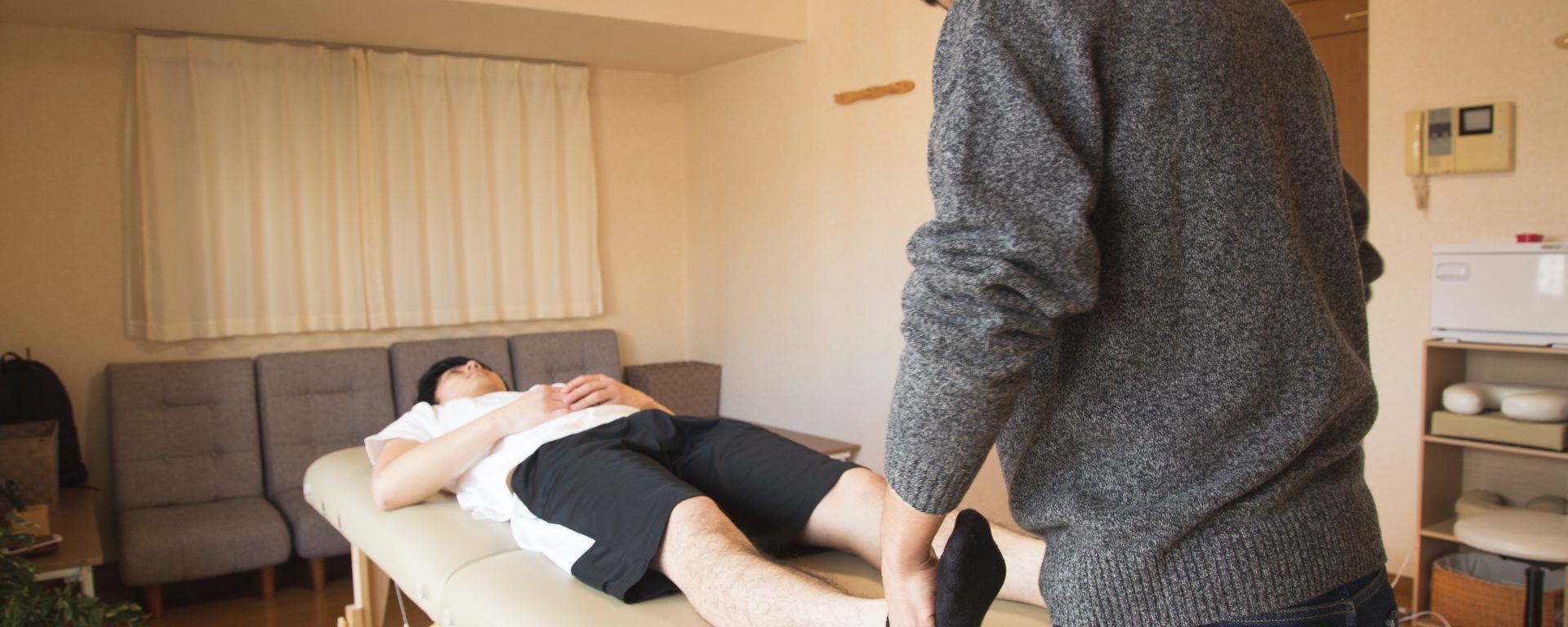In 2012, study led by Paweł Szulc, et. al., aimed to assess the effectiveness of manual therapy in addressing functional disturbances of the spine. With an aging population and an increasing prevalence of degenerative changes in intervertebral discs leading to spinal pain, finding effective treatment methods is crucial.
The study involved 40 participants aged 45 to 60, who had been diagnosed with degenerative changes in their intervertebral discs, along with physical limitations within the spine that resulted in pain. Magnetic resonance imaging (MRI) was used to confirm these conditions. The participants were randomly divided into two groups, each consisting of 20 individuals. The first group underwent a monthly rehabilitation program where manual therapy techniques were employed, while the second group received treatment using physical methods. To gauge the effectiveness of these therapies, the researchers conducted assessments of sectional mobility and evaluated spinal curvatures both before and after the completion of the treatment. These assessments were carried out using a tensiometric electrogoniometer.
The study’s findings indicate that the group treated with physical methods showed lower values for parameter t1, suggesting a higher level of significance in their results. Furthermore, the research revealed that the cervical and lumbar spine regions exhibited the most significant changes in sectional mobility in both tested groups. Notably, the group receiving manual therapy exhibited greater dynamics in the functional parameters of the spine.
In conclusion, this study underscores the efficacy of manual therapy as a treatment method for addressing functional and early structural changes within the spine. These findings suggest that manual therapy can serve as a valuable supplementary therapy alongside the conventional approaches for managing spinal pain. As our understanding of spinal health continues to evolve, manual therapy stands out as a promising avenue for improving the lives of individuals grappling with spinal function disturbances. Further research and clinical studies are warranted to confirm and expand upon these promising results.
Reference: Szulc, P., Lewandowski, J., Boch-Kmieciak, J., Berski, P., & Matusiak, M. (2012). The objective evaluation of effectiveness of manual treatment of spinal function disturbances. Medical science monitor: international medical journal of experimental and clinical research, 18(5), CR316.
